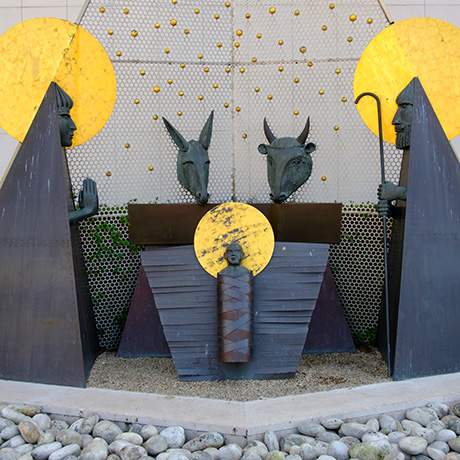
Find other Ways here
The Northern Way begins in Valença on the border between Portugal and Spain and ends at the Fátima Sanctuary. It crosses Northern and Central Portugal. The natural and urban landscape is diverse and changes along the extensive course. Rivers and mountains make up this ancestral area, dotted with small villages, towns and cities.
The Northern Way runs from north to south, parallel to the sea, but inland. At some points it moves closer to the coast, while at other points moving away from it. Large rivers that cross Portugal and flow into the Atlantic Ocean are a significant part of the landscape. Crossing them is part of the journey. Between the River Minho and the River Douro the landscape is green, and the sea breeze is in the air. Between the River Douro and the River Mondego, where the path follows the Carmelite Route, the landscape progressively changes until it reaches the Estremadura Karst Massif in the Aire and Candeeiros Mountains.
Along the entire route there are landscapes of rural and urban landscape, both tradition and cosmopolitan. The natural landscape is eye-catching and often exuberant. Architectural heritage, in all its forms, is always present here. Local people preserve traditions that come to life on a daily basis and that during festive moments take on a grander scale.
The Northern Way runs for about 367 km and is divided into 17 stages. The routes are laid out in accordance with geographical characteristics, pilgrim support logistics that take into account pilgrims’ need for breaks, resting and contemplation, along with suitable conditions for enjoying the scenery and cultural heritage. Most of the Northern Way coincides with the Portuguese Way of St. James.
The Pilgrim of the Paths of Fátima credential is available to all those who walk the Path of Fátima.

Stages

Programmes
Load MoreClose
Search results for:
No results were found matching your search.
Information available soon.










